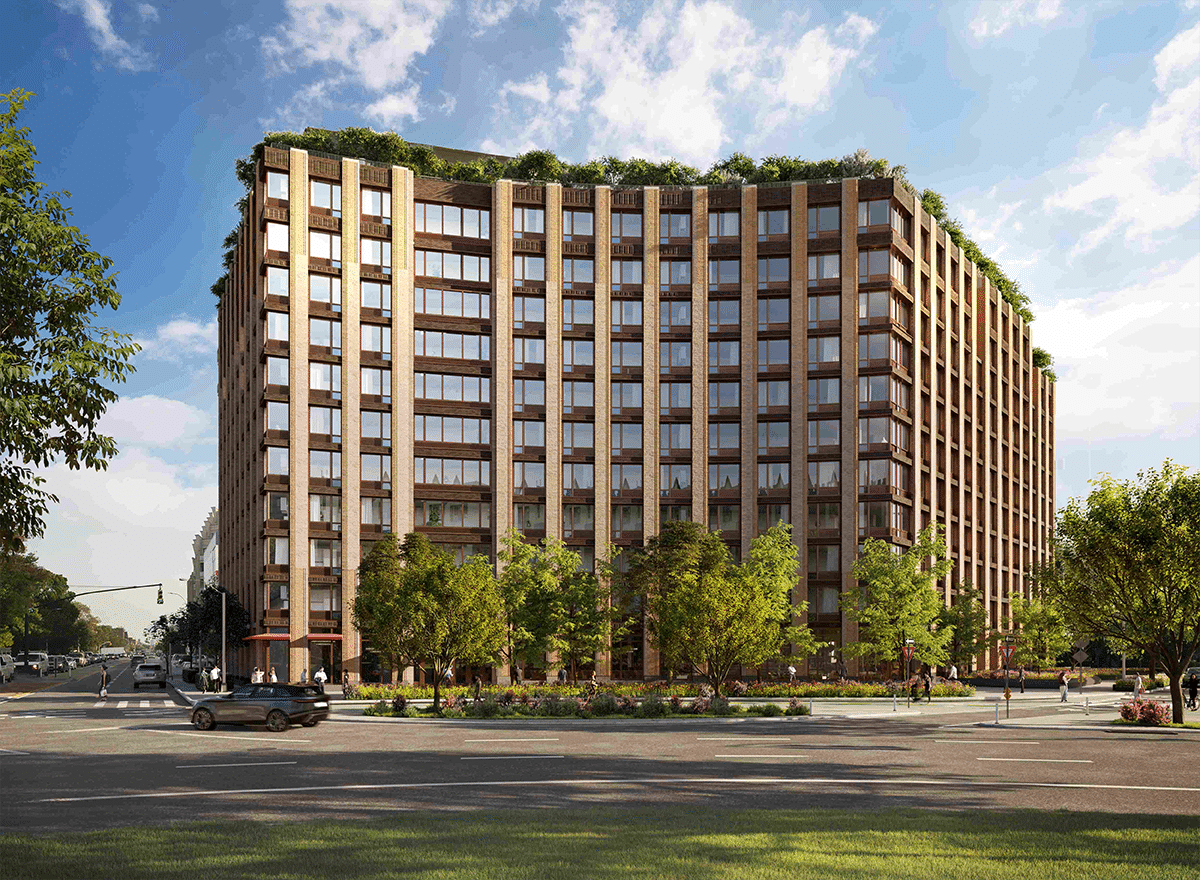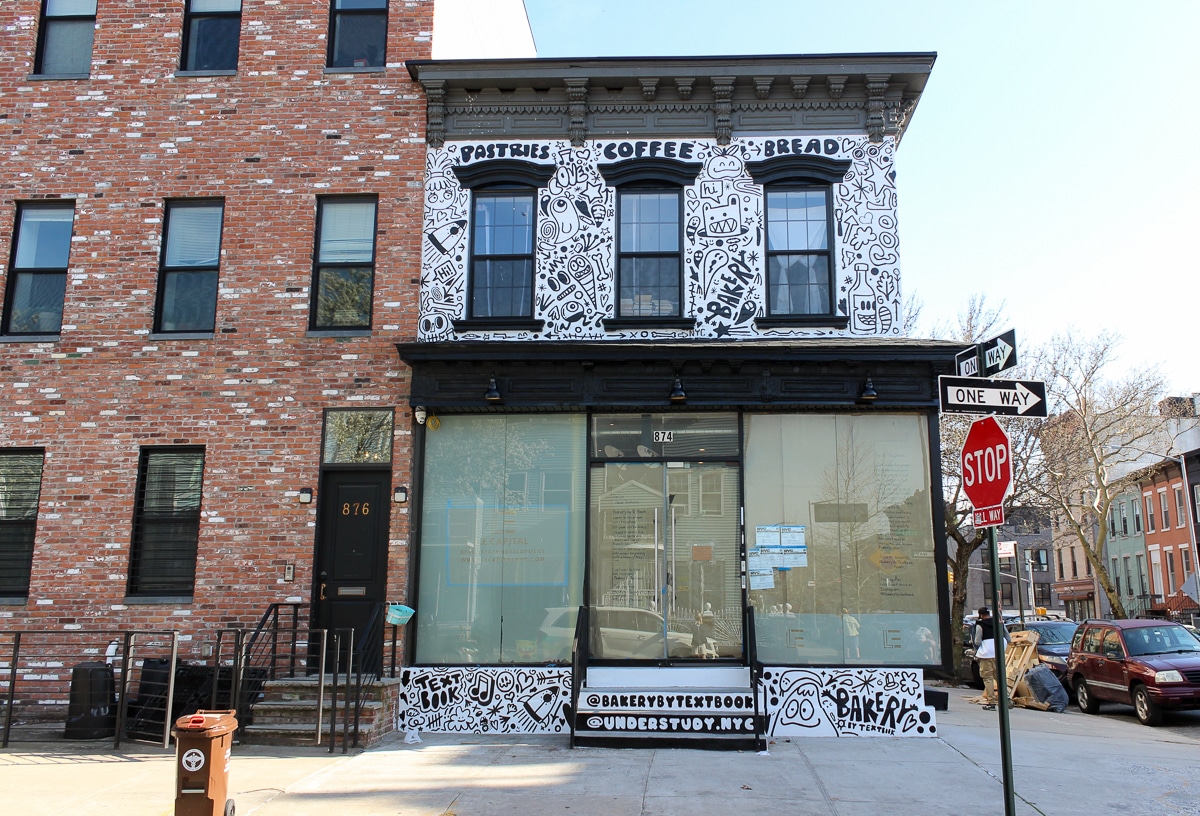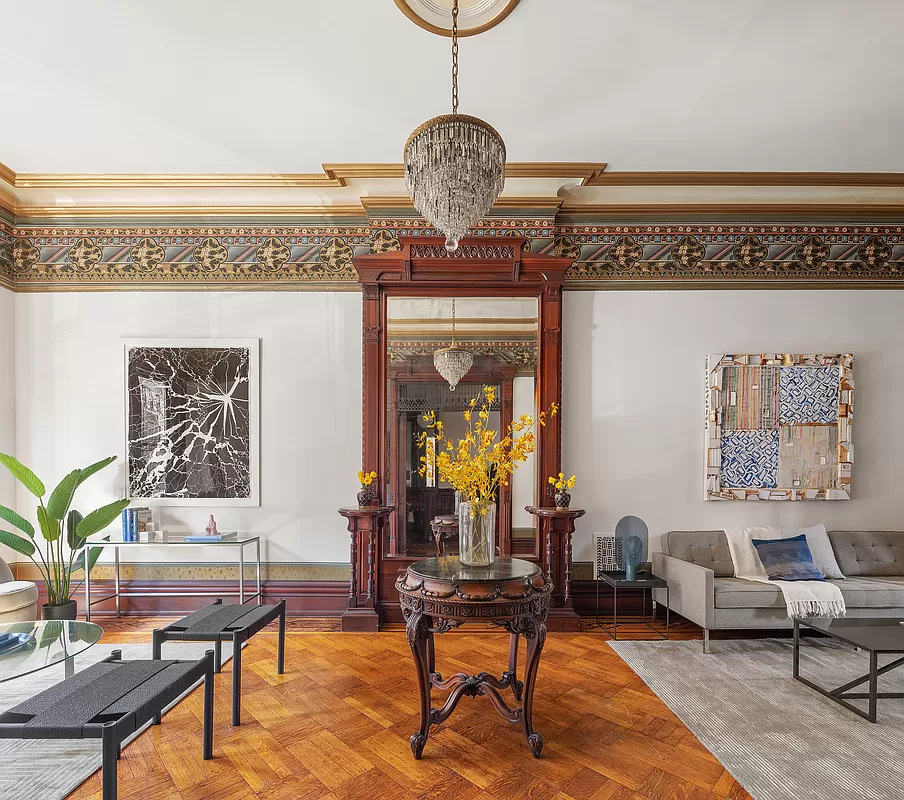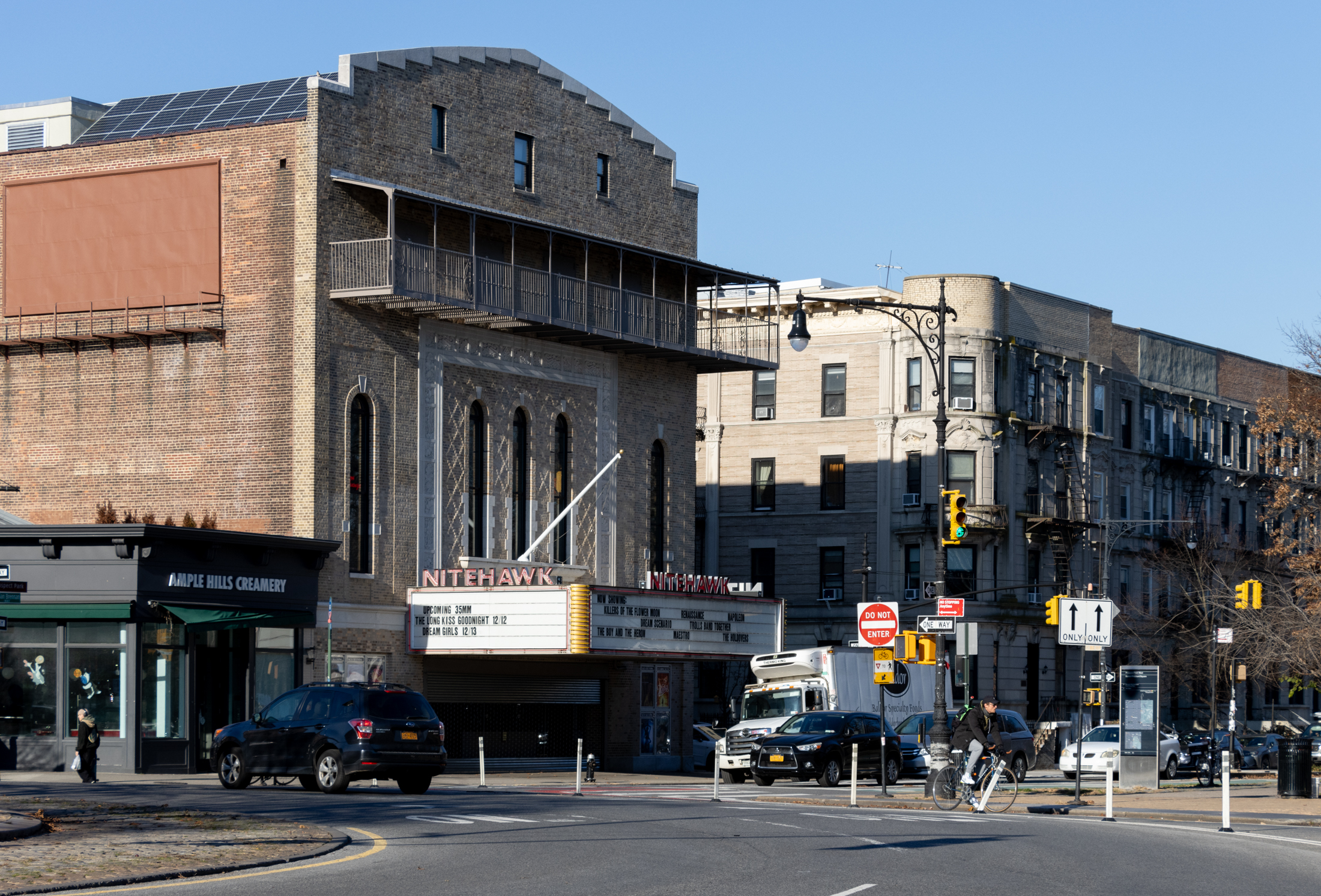Building of the Day: 19-29 Polhemus Place
Brooklyn, one building at a time. Name: Row houses Address: 19-29 Polhemus Place Cross Streets: Garfield Place and Carroll Street Neighborhood: Park Slope Year Built: 1897-98 Architectural Style: Renaissance Revival Architect: Axel Hedman Other Works by Architect: Numerous houses in Lefferts Manor, Park Slope, Crown Heights North and South, Bedford Stuyvesant, Stuyvesant Heights and Prospect…

Brooklyn, one building at a time.
Name: Row houses
Address: 19-29 Polhemus Place
Cross Streets: Garfield Place and Carroll Street
Neighborhood: Park Slope
Year Built: 1897-98
Architectural Style: Renaissance Revival
Architect: Axel Hedman
Other Works by Architect: Numerous houses in Lefferts Manor, Park Slope, Crown Heights North and South, Bedford Stuyvesant, Stuyvesant Heights and Prospect Heights. Also responsible for an extensive remodeling of Borough Hall’s central chambers.
Landmarked: Yes, part of Park Slope HD (1973)
The story: Polhemus Place was named for Johannes Theodorus Polhemus, the first pastor of the Dutch Reformed Church on Long Island, back in 1654. It’s a short little one block cross street, and along with Fiske Place, directly behind it, runs parallel to the avenues. Both streets are delightful little hidden streets with some distinctive houses on them, especially Polhemus. This group was designed by one of Brooklyn’s most prolific architects, Axel Hedman.
The developer of these six houses was Mrs. Bessie Martin, who is listed as a developer in several Park Slope projects. It would be interesting to find out if she was working on her own, or as a front for her husband, or another male relative. Women were not generally accepted as businesswomen on their own, especially in construction, although there were exceptions.
In any case, Ms. Martin hired a great architect for her project. Axel Hedman was at his busiest during this time, designing rows of fine Renaissance Revival row houses all over the newer upscale neighborhoods of brownstone Brooklyn. He had a basic formula, he would have to for the number of projects he was working on, but he never exactly repeated himself, no matter how similar his houses look.
This group is very similar to homes he designed on Park Place in Crown Heights North, and on Decatur Street in Stuyvesant Heights. There are other “cousins” around as well. Hedman was working after the rise of the White Cities/City Beautiful movement, which came out of the 1893 World’s Columbian Exhibition, in Chicago. This world’s fair, with its gleaming white limestone, marble and stucco buildings made quite the impression on American architecture, and in a matter of years, brownstone and dark brick was out, and limestone and light colored brick and stone was in.
Hedman could just as easily have made all six of the houses in limestone, it probably would have been much cheaper and certainly easier to order materials, but he didn’t. He alternated the houses with two pairs each in differing tones and stone. The result makes a unified group, with individuality, as well. The stone ornament Hedman uses is classic for him, but even here, he mixes the motifs and individual pieces, making each house different, and all of them different from his other houses elsewhere.
It’s hard to be prolific, yet achieve endless variety. Hedman is often overlooked as generic, sometimes, but he was really, really good. GMAP
(Photo: Kate Leonova for Property Shark,2007)













What's Your Take? Leave a Comment